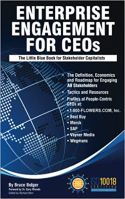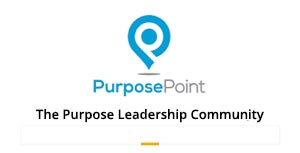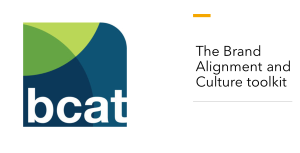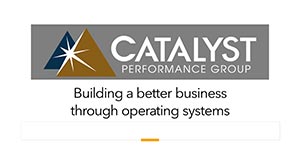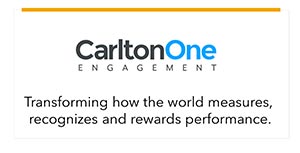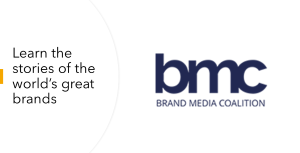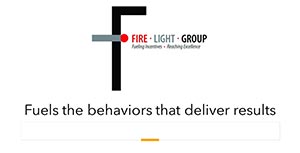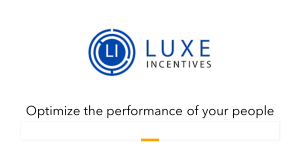Mercer Study: Human Capital Remains Overlooked in M&A Due Diligence
 An analysis of 1,200 mergers and acquisitions finds that human capital factors remain commonly overlooked considerations.
An analysis of 1,200 mergers and acquisitions finds that human capital factors remain commonly overlooked considerations.Click here to subscribe to the ESM weekly e-newsletter.
Nearly all companies doing acquisitions or mergers say they consider human capital requirements pre-deal; yet, only 41% apply them when targeting and formulating the deal, according to new research from the Transaction Advisors Institute and Mercer, “The Say Versus Do Divide in M&A: How Ignoring the Impact of People in Deal Planning and Synergy Delivery Destroys Deals”. Authors are Jeff Black, Partner specializing in M&A in Chicago, and Paul Kibbe, Director, Mergers & Acquisitions Due Diligence and Integration, Praxair Distribution, Inc., Cinnaminson, NJ
The result, say the authors: “Missed opportunities, misaligned teams and underdelivered value. As acquirers push for smarter synergy plays, the pressure is on to close the gap between intention and execution — and fail to make talent (skills, key people, culture, retention, etc.) a real driver of deal performance.”
Why? “For many, it comes down to habit. Deal teams are used to focusing on financials and operational synergies, and old habits die hard. Human capital can also feel abstract and intangible compared to hard numbers, making it easier to deprioritize. In addition, most M&A advisors aren’t equipped to handle the people side of deals, leaving acquirers without the guidance they need to get it right. The result? A critical driver of value creation is overlooked or sidelined when it matters most. A broader view of synergy is taking hold, with people at the center.”
.png) Here is a summary of their recommendations as they pertain specifically to the people management aspects of their recommendations.
Here is a summary of their recommendations as they pertain specifically to the people management aspects of their recommendations.Fit-for-purpose organizational design. Implement an organizational structure that aligns with the strategic goals of the new company. Identify the intersections, overlaps and synergies that can be realized through the transaction to maximize deal value and inform impact on workforce strategy. Establish clear decision-making frameworks, accountability structures, and integrated processes that inform the organizational design and ensure alignment with strategic objectives.
Leadership. Make sure it has the right skills, level of accountability and decision-making authority to drive growth and ensure future business success. Define and align leadership behaviors with the strategic vision of the organization, ensuring that leaders share a unified understanding of the key attributes and practices.
Talent. Make sure mission-critical talent is transitioned with minimal disruption through retention of key skills and capabilities and essential role requirements continuity. Align your organization’s overall talent/workforce strategy with the deal’s context and identify the operational requirements and key business interaction points to inform the approach and mitigate gaps and risks. Engage with key talent and articulate the employee value proposition and opportunities for growth and development through the transition.
Total rewards. Develop a comprehensive compensation strategy that ensures equitable and competitive pay structures for all employees, aligns with the organization's goals and fosters retention and engagement during the transition. Align employee performance with the organization's strategic objectives, providing timely rewards for achieving key milestones while also fostering long-term commitment and engagement through performance-based compensation tied to the company's future success. Ensure a smooth transition for employees and align the benefits structure with the new organizational size and goals, thereby minimizing disruption and supporting retention. Implement clear and adapted HR policies that facilitate a smooth integration, maintains compliance and fosters a work environment that enhances employee morale and retention throughout the transition.
Culture. Define and cultivate cohesive organizational culture to facilitate successful integration and value creation through aligned ways of working. Conduct a thorough culture assessment to identify the cultural elements that are the key drivers and potential derailers to deal value. Create a comprehensive framework for the desired culture, including specific initiatives and actions, and implement a detailed execution plan to facilitate the transition and embed the new cultural attributes.
Leadership commitment. Ensure that leaders from both organizations are aligned in their understanding of the desired culture and committed to promoting and modeling behaviors consistent with the desire culture.
Change management and communications. Implement ffective change management strategy for speed of adoption to change to achieve operational and deal goals. Articulate the changes, ensuring clear contextual grounding, and establish metrics and measurements to evaluate the achievement of success. Engage and align stakeholders throughout the change process by identifying key individuals, addressing their concerns, and fostering collaboration to build trust and support for the initiative. Use communication as a critical enabler of the change management strategy, formulate and implement a comprehensive communication strategy to effectively inform employees about the changes ensuring timeliness and accuracy and highlight actions, advantages and must-dos for employees.
Enterprise Engagement Alliance Services
 Celebrating our 15th year, the Enterprise Engagement Alliance helps organizations enhance performance through:
Celebrating our 15th year, the Enterprise Engagement Alliance helps organizations enhance performance through:1. Information and marketing opportunities on stakeholder management and total rewards:
- ESM Weekly on stakeholder management since 2009. Click here to subscribe; click here for media kit.
- RRN Weekly on total rewards since 1996. Click here to subscribe; click here for media kit.
- EEA YouTube channel on enterprise engagement, human capital, and total rewards since 2020
 Management Academy to enhance future equity value for your organization.
Management Academy to enhance future equity value for your organization.3. Books on implementation: Enterprise Engagement for CEOs and Enterprise Engagement: The Roadmap.
4. Advisory services and research: Strategic guidance, learning and certification on stakeholder management, measurement, metrics, and corporate sustainability reporting.
5. Permission-based targeted business development to identify and build relationships with the people most likely to buy.
Contact: Bruce Bolger at TheICEE.org; 914-591-7600, ext. 230.




